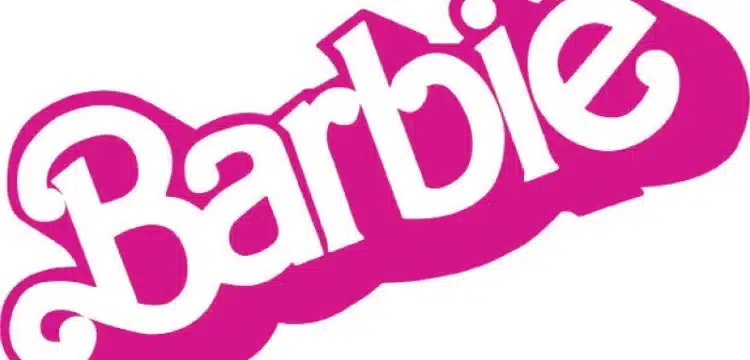[vc_row][vc_column][vc_column_text dp_text_size=”size-4″]Barbie, beyond being a mere toy, has evolved into a remarkable influencer that has made an indelible mark on popular culture since its inception in 1959. Cherished across generations, Barbie holds a special place in the hearts and minds of people worldwide. With the upcoming release of the latest Barbie movie, Mattel is seeking fresh opportunities to ensure Barbie’s ongoing success and relevance.
Leading up to the premiere of Warner Bros’ Barbie movie on July 21, various brands and advertising professionals, such as Bloomingdale’s and Gap, have leveraged Barbie’s iconic intellectual property (IP) for marketing campaigns to promote both the film and their own products. This has been achieved through social media, viral marketing, and strategic collaborations, resulting in the emergence of the “Barbiecore” trend, with pink plastic elements appearing in various products and settings.
The marketing landscape has become saturated with references to Barbie, raising questions about the effectiveness of such intensive promotion and whether it will translate into increased sales for the genuine Barbie doll and associated partnerships. The substantial marketing efforts have prompted discussions about whether Barbie is an outlier or if it could set a new standard for how Hollywood intellectual property films engage in strategic alliances.
Also Read: Barbie Banned in Kuwait and Lebanon
While the saturation might seem overwhelming, most marketers, advertising experts, and industry analysts believe that given the size of a major business like Mattel, consumers will eventually adapt to the prevalence of Hollywood IP promotion. The brand Barbie holds a sense of security and nostalgia for marketers, making it a sought-after partner for collaborations that offer unique brand experiences, as demonstrated by partnerships like the Barbie-themed Airbnb.
However, not every brand needs to align itself with cultural trends or spaces. Brands like Lipton, for example, might not have relevance to Barbie’s target audience. As brands craft narratives for both Barbie enthusiasts and critics, consumer interest in the movie is expected to persist.
Social media has played a significant role in pushing Barbie’s marketing further, with hashtags like #Barbie seeing increased usage on platforms like TikTok, YouTube, and Instagram. This digital strategy, combined with memes and influencer marketing, has helped sustain and amplify the buzz around Barbie.
Nevertheless, the oversaturation of Barbie’s marketing campaign raises challenges for the industry. As people consume media in increasingly fragmented and subtle ways, maintaining control over brand image and legacy becomes more challenging. The impact of influencer marketing can also be difficult to gauge, making it hard for marketers to accurately measure their return on investment.
Despite the saturation, the ultimate goal remains reaching the right audiences, creating optimal social media impressions, and collaborating with unique brands to effectively engage the target audience. Barbie’s marketing campaign is likely to have a lasting impact on the marketing industry, highlighting the need for a balanced approach that aligns with brand identity and audience preferences.[/vc_column_text][/vc_column][/vc_row]











